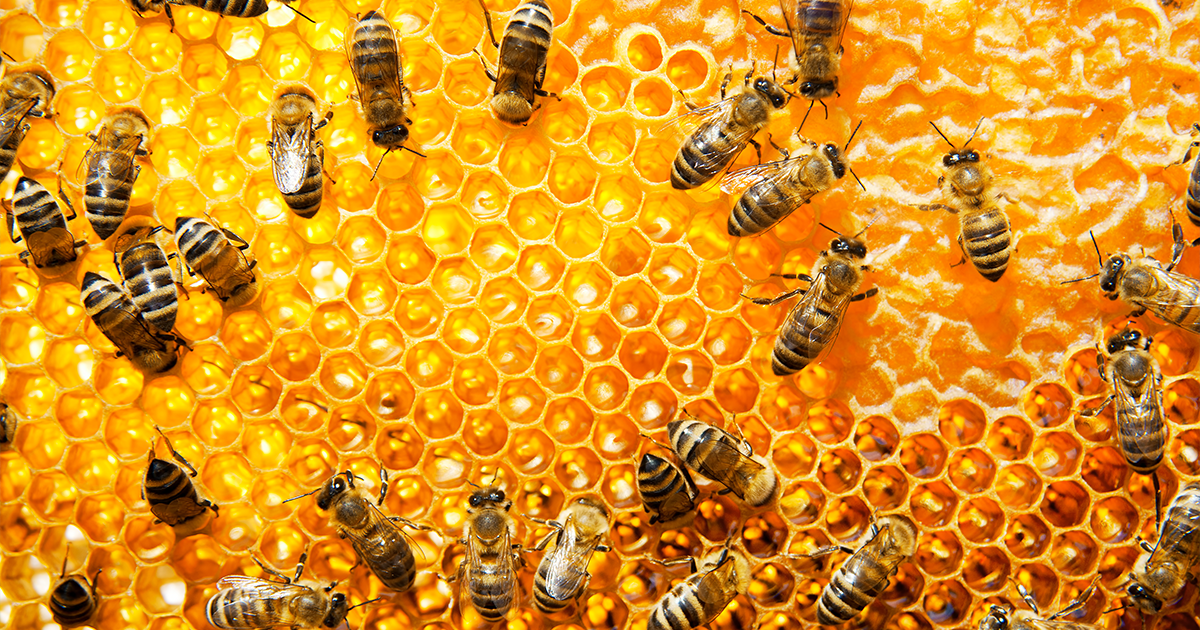4 Simple Ways to Make Your Garden Bee-Friendly

Attracting more bees to your garden is one of the best things you can do for your plants (and for the environment).
Bees are some of nature’s greatest pollinators—without them, many of your plants won’t bloom or provide fruit. Bringing more bees to your land will increase biodiversity, make your garden more resilient to disease, and encourage vibrant flowers and ripe, delicious produce.
Fortunately, attracting more bees to your garden isn’t difficult. Here are a few ways to make your garden bee-friendly.
Choose Plants Bees Love
Bees love a variety of plants, including:
- Native wildflowers
- Basil, thyme, mint, dill, rosemary, oregano, lavender, and other flowering herbs
- Strawberries, blueberries, blackberries, and raspberries
- Melons
- Squashes or pumpkins
- Spring and summer flowers, including tulips, crocuses, sunflowers, sea lavender, snowdrops, wisteria, dandelions, black-eyed susans, and clovers
- Any fruit tree (apple, pear, orange, lemon, etc.)
Adding a few of these plants to your garden will attract bees and help pollinate your garden, leaving it more robust than ever. A lot of the plants on this list also have long blooming cycles, which will make your garden more colorful and provide a steady source of food throughout the season.
Group the Same Plants Together
Planting bee-friendly plants in larger clusters will attract bees from a greater distance and provide them with a perfect habitat. Aim for at least a square yard of one of the plants from the list above.
If you don’t have that much space, don’t worry—a couple planter pots or a windowsill container full of herbs, wildflowers, or another smaller bee-friendly plant will still bring the pollinators to your garden.
Provide Fresh Water and Shelter
Bees are attracted to areas with shade and fresh water. If you give them a place to live, they’ll stay on your land and pollinate throughout the day.
If you can, set up a shady corner with a few upturned or broken plant pots. You can also leave it to grow wild, which will provide plenty of attractive wildflowers and flowering weeds. Bees will build a nest in the area–just make sure you give them space so they don’t feel threatened.
You may also want to add a nearby birdbath or a few shallow containers that you fill with fresh water, to give the bees something to drink. If you really want to go above and beyond, you can put out a salt lick, too.
Avoid Pesticides
Pesticides will either repel bees or outright kill them. While they may work in the short term, they cause problems for your garden in the long term. They also harm the environment and may even cause health problems if you apply them regularly over time. Fortunately, there are ways to protect your garden without pesticides that are better for both your bees and your plants.
Final Thoughts
Bees are some of the best creatures you can have in your yard. They make your garden more vibrant, helping it bloom and produce healthier, more resilient plants year after year.
Use the simple steps in this article to attract more bees to your garden. You’ll see the difference within a single season—and as an added bonus, you’ll strengthen nature by increasing biodiversity in your area.





